

William Stopford
3 Days Ago

Contributor
Ford hasn’t revealed the first of its electric vehicles (EVs) based on the Volkswagen Group’s MEB architecture yet but it’s already looking at using different underpinnings for future models.
According to Financial Times, Ford is reportedly looking into launching EVs from the middle of the decade that will use its own in-house electric architecture instead, which is being engineered in the US.
This Ford-designed EV architecture will have “no kind of integration [with Volkswagen], it is very versatile, very capable,” according to Martin Sander, Ford of Europe general manager, passenger vehicles.
“We are exploring all kinds of opportunities, how far can we go, what kind of segments can we cover with this.”

According to Mr Sander there hasn’t been a final decision made yet on this Ford-designed EV platform, nor the collaboration on EVs with Volkswagen as a whole, but the company is reportedly “open” to building future vehicles on platforms from either Volkswagen or “another company”.
The Ford Mustang Mach-E currently uses underpinnings designed in-house, which Ford says has similarities like hard points with the C2 platform used by combustion-powered models like the Focus, but no shared parts.
As previously reported, Ford will expand its electric SUV range in Europe with two EVs based on the Volkswagen Group MEB architecture that will be produced at the Blue Oval’s plant in Cologne, Germany.
The first of these EVs was recently teased, with Mr Sander posting an image of him lifting the wrap concealing the as-yet unnamed vehicle.

Simultaneously, a shadowy teaser image of the EV was published on Ford of Europe’s blog.
Both images revealed a fairly upright body, with LED daytime running lights up front somewhat reminiscent of the Explorer or Edge, and an upkick of the belt line towards the C-pillar.
The body appears more crisply styled than the Volkswagen ID.4 and ID.5 it’ll share its underpinnings with, and boxier than the unrelated Mustang Mach-E it’ll share showroom space with.
Ford had already previewed this crossover in a shadowy teaser of the nine EVs it plans to have in Europe by 2024, which includes five van or van-based models.

The remaining four vehicles are SUVs: the upcoming Puma EV; the Mustang Mach-E already on sale; the crossover previewed today, labelled ‘Sport Crossover’; and another vehicle labelled ‘Medium-size Crossover’.
It’s unclear just how large the so-called Sport Crossover will be, though it could be a sleeker but similarly sized counterpart to the Medium-size Crossover.
At this stage, no plans have been announced to sell either outside of Europe.
The company has invested US$2 billion (A$2.98bn) in modernising its Cologne, Germany plant, which currently builds the Fiesta, and will start production of one EV there from late next year. Fiesta production wraps up in June.
Ford will have an entirely electric passenger vehicle range in Europe by 2030, with each model line being “zero-emissions capable” by 2026 – whether that be a plug-in hybrid or a full EV.
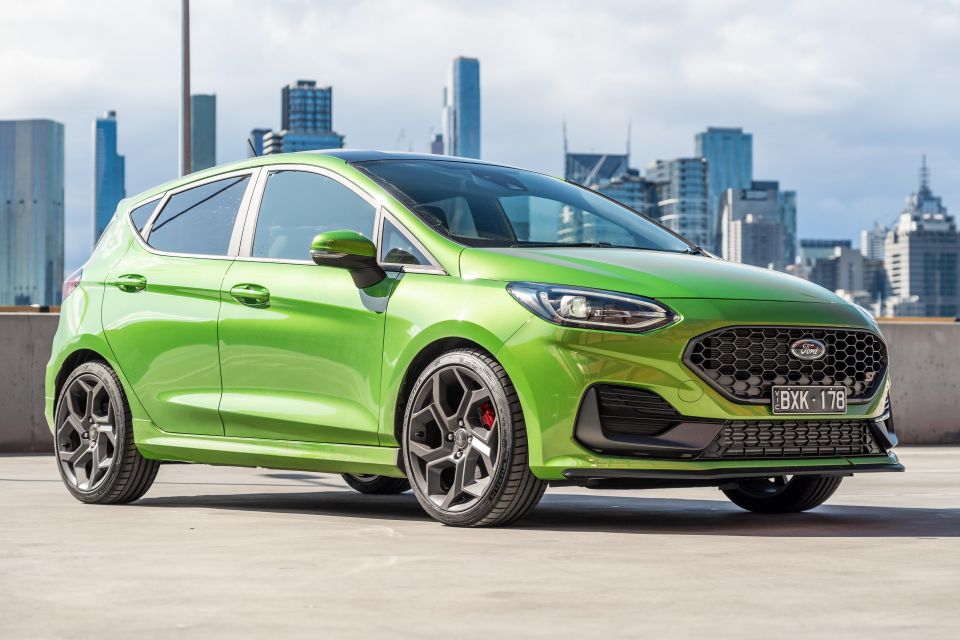
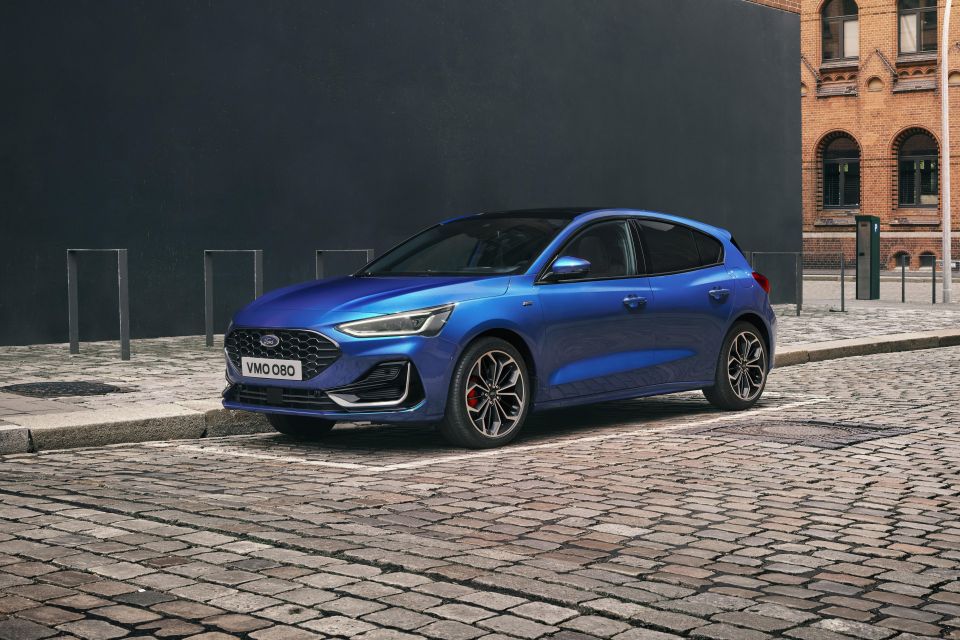
Its commercial vehicle range will be zero-emissions capable by 2024, with the E-Transit to be joined by the E-Transit Custom and a plug-in hybrid Ranger in the works. By 2030, it expects two-thirds of its commercial vehicle sales to consist of PHEVs or EVs.
Ford is ending production of the Fiesta and Focus – following the axing of the European Mondeo – and focusing on SUVs, commercial vehicles, and the Mustang in Europe.
It also says it’s rediscovering its “adventurous spirit”, and will emphasise its American identity.
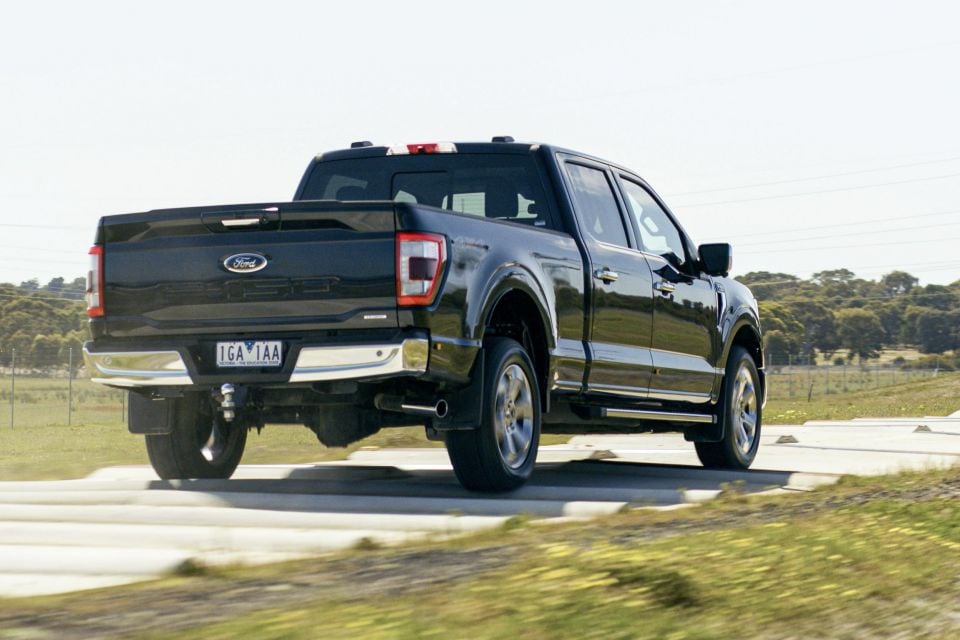

While Ford is one of the most famous and successful American automakers, its European operations have long developed vehicles attuned to European tastes.
Many of these vehicles have in turn been sold in Ford’s home market of the US, but there’s often been a key difference in styling and positioning between US-focused models like the F-150 and Bronco and more “international” fare like the Fiesta.
The company’s European marketing chief said in a blog post from December last year there was a “disconnect between the passion we feel for our brand at Ford, and the more pragmatic lens through which consumers currently see us”.
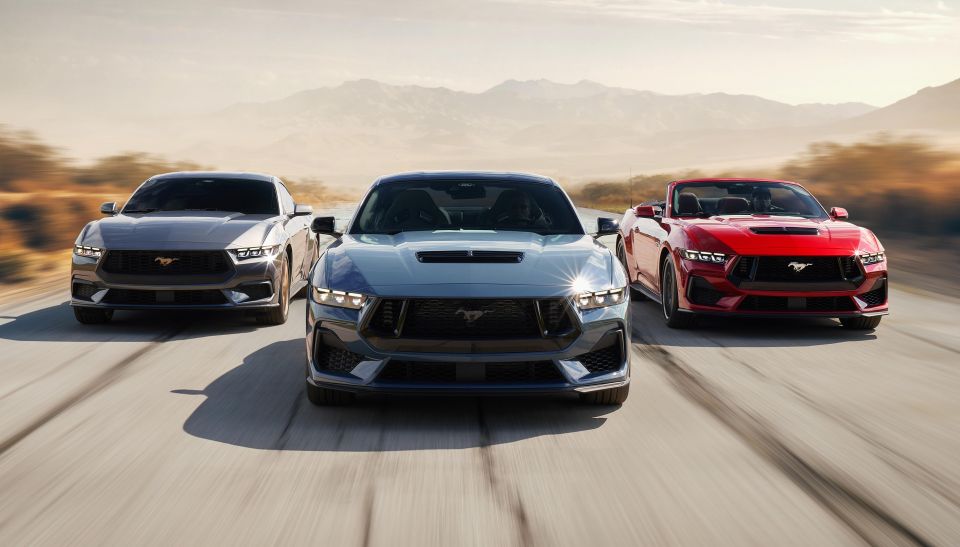
“At our core, we have always felt we are another of the key words to come out of our consumer research: ‘American’” said Peter Zillig.
“Adventurous Spirit is the ethos that will help drive our transformation in Europe, by helping us connect emotionally with consumers who say they know we’re American, but don’t feel we’re American.”
To that end, the distinctly American Mustang will be joined on the continent by the Bronco. The Ranger Raptor will also give buyers a rather un-European performance option.
MORE: Ford teases first VW-based electric vehicle MORE: Ford plans seven new EVs for Europe, including Puma EV
Take advantage of Australia's BIGGEST new car website to find a great deal on a Ford.
Jack Quick is an automotive journalist based in Melbourne. Jack studied journalism and photography at Deakin University in Burwood, and previously represented the university in dance nationally. In his spare time, he loves to pump Charli XCX and play a bit of Grand Theft Auto. He’s also the proud owner of a blue, manual 2020 Suzuki Jimny.


William Stopford
3 Days Ago


James Wong
3 Days Ago
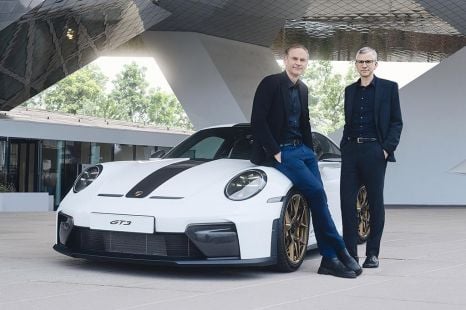

Damion Smy
2 Days Ago
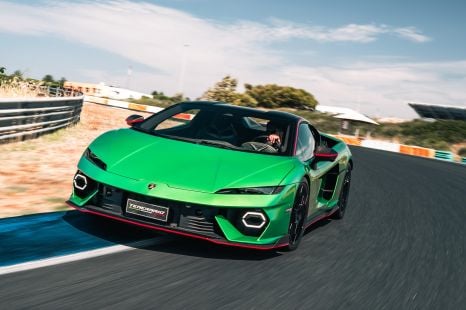

Alborz Fallah
2 Days Ago


Max Davies
1 Day Ago
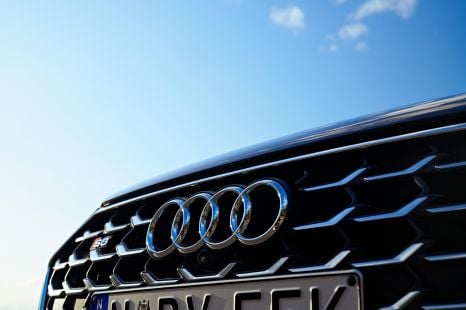

William Stopford
1 Day Ago